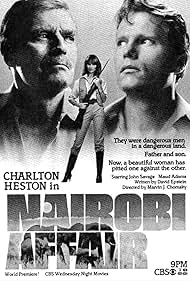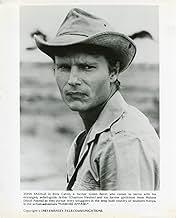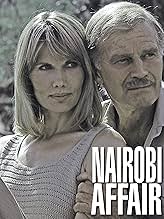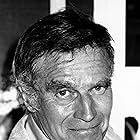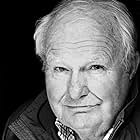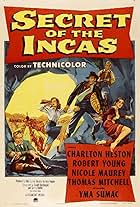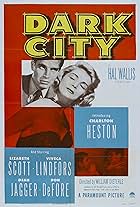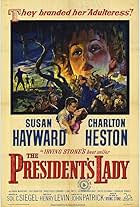Shot entirely in Kenya, this action-adventure film rises above its flaws, chiefly of the post-production sort, telling to good effect a tale of a father and son, in love with the same woman, and their enterprises in Central Africa issuing from the son's Kenyan government contract to curtail poachers who have been killing protected species of wildlife. Lee Cahill ( Charlton Heston) and his son Rick (John Savage) have been estranged but recommence contact at the funeral of Lee's ex-wife and Rick's mother which Lee attends with his ladylove, Anne (Maud Adams), who also happens to be Rick's former lover, yet gives no sign of a lingering interest in him. Schism between the two men occurred when Lee, formerly a prominent hunter of game latterly adapted to guiding photographic safaris, left Rick's mother, for which the younger Cahill, a former Green Beret in Viet Nam, has never forgiven him. Method-acting Savage's somewhat fragile appearance operates against the credibility of his performance, specially after he is given full authority to bring about permanent extinguishment of poaching activity, but instead prefers to arrest the malefactors, even after they have attempted to kill him. A worthy attempt is made to balance the scenario's two major issues: control of the poaching problem and the possibility of a reconciliation between the two men, one of whom will face humiliation upon Anne's choice of a mate. Sturdy Heston is a bit past the calendar point where he should be declaiming platitudes of love to Adams as he must do here, and he is too slow and stiff-jointed to be fully plausible in action scenes; Adams is adequate in an underwritten role; Connie Booth is wasted in her brief part as a libidinous safari photographer's wife; however, the topflight Welsh actor John Rhys-Davies works hard at fashioning his ambiguous character. Kenya's bush country and its wildlife are remarkable and cinematographer Ronnie Taylor creates striking imagery, but editor Eric Albertson has that difficulty of avoiding choppiness, particularly during the first half, when a work is heavily cut. Despite its shortcomings, the production's climactic scenes, although steeped in melodrama, combine satisfactorily as a result of capable direction and a proper emphasis upon the need to resolve the adversarial status of the two principals.
